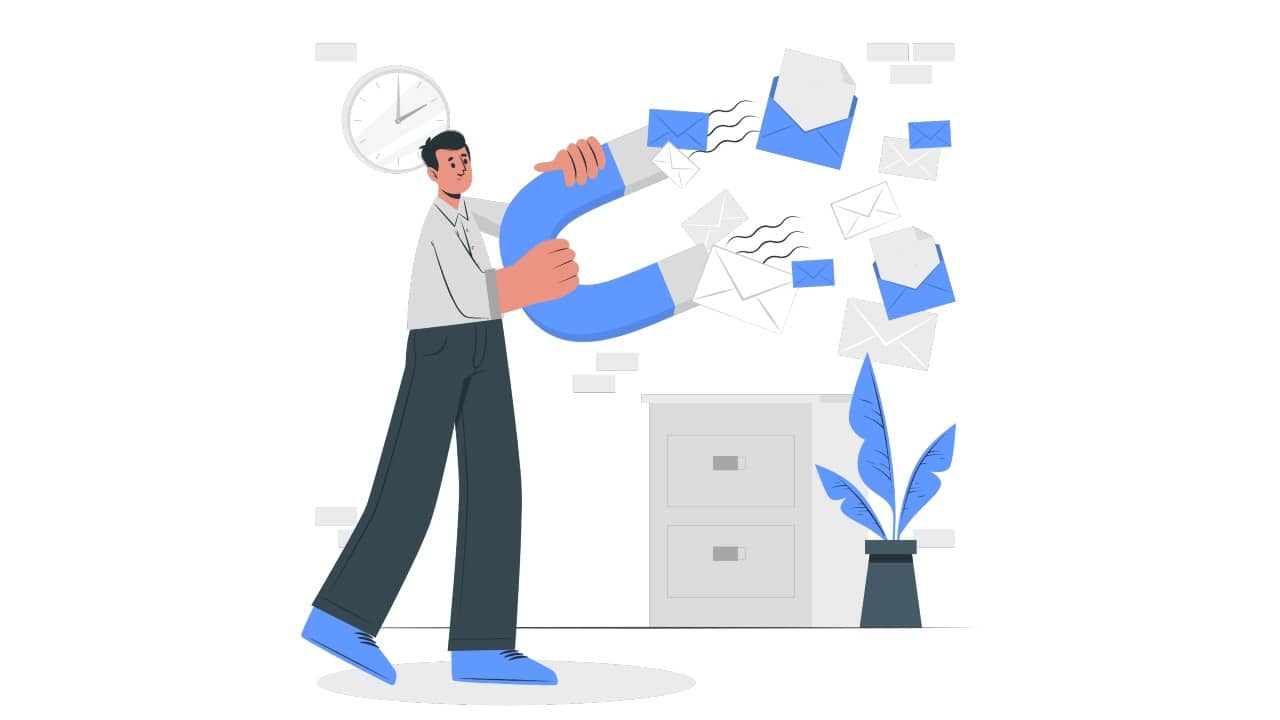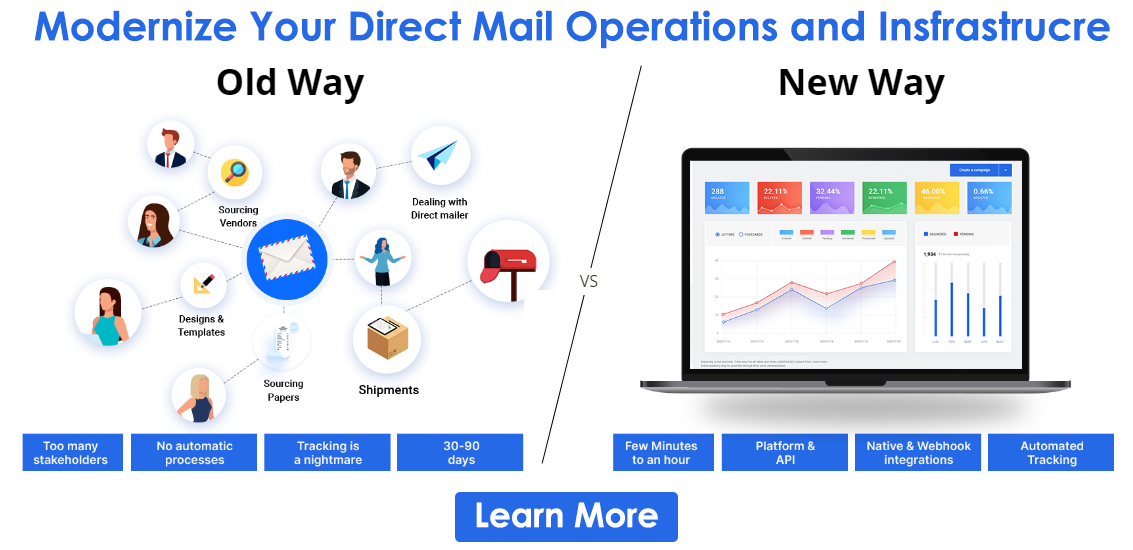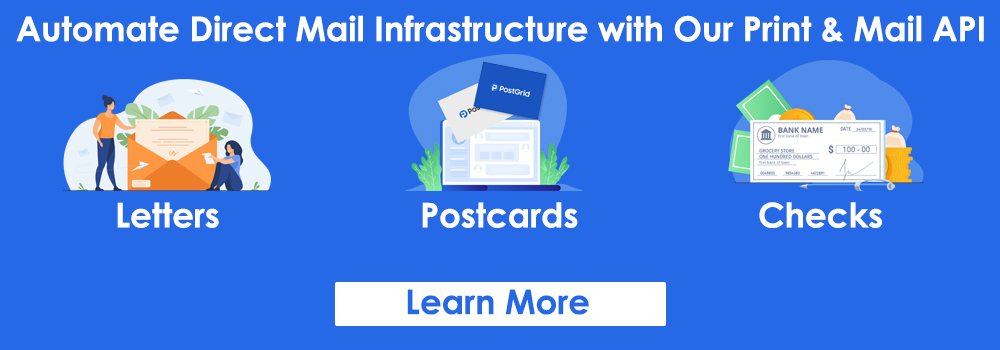
Using Successful Lead Generation Campaign Examples: What Is the Best Way to Get Success
Finding the most relevant B2B sales leads can be difficult. If you’ve tried B2B lead generation strategies, you know it’s hard work.

The primary goal of a successful lead generation campaign is to get leads. It means figuring out who might buy from you before you call them. Lead generation aims to achieve different things, like getting more sales leads or sign-ups for webinars. However, the end goal is always the same: getting potential customers to show interest.
What Do Leads Mean?
A lead is a person who shows interest in a company’s product or service. Often, businesses or organizations reach out to leads after the individuals have initiated communication by providing their personal information for an offer, trial, or subscription. It is different from receiving an unexpected cold call from someone who obtained their contact details randomly, making B2B lead generation campaigns more targeted.
Imagine you participate in an online survey to gather information about car maintenance. After a day or so, you get an email from the car company that conducted it. This approach is much less intrusive compared to receiving an unexpected AI phone call.
From a business standpoint, the data the car company gathers from your survey responses enables them to tailor their initial communication to address your current concerns.
Leads play a role in the process of turning visitors into customers. However, not all leads are identical. Various types of leads exist, distinguished by how businesses assess them while planning the best lead generation campaigns and which funnel they are at in their lifecycle.
Marketing Qualified Lead (MQL)
Marketing-qualified leads are individuals who have interacted with the initiatives of your marketing team but are not yet prepared to be contacted by the sales team. A typical instance of an MQL is a contact who completes a landing page form to avail of an offer.
Sales Qualified Lead (SQL)
Sales-qualified leads are those people who have taken specific actions indicating their interest in becoming paying customers. An example of an SQL, whom you can contact via a lead generation campaign, is a contact who completes a form to inquire about your product or service.
Product Qualified Lead (PQL)
Product-qualified leads are individuals who have utilized your product and demonstrated actions suggesting an interest in becoming a paying customer. PQLs are usually relevant for companies that provide product trials, free or limited versions with opportunities for upgrades.
An illustration of a PQL is a customer who leverages your free version but inquires about features that are exclusively accessible with a paid subscription.
Service Qualified Lead
Service-qualified leads are individuals or customers who have informed your service team of their intention to become paying customers, becoming targeted clients for B2B lead generation campaigns.
For instance, clients might inform their customer service representative about their desire to upgrade their product subscription. In response, the customer service representative would escalate this customer to the relevant sales team or representative.
Why Are B2B Lead Generation Campaigns Essential?
When an individual naturally expresses interest in your business, the shift from being a stranger to becoming a customer feels more seamless. This transition happens through the practice of inbound marketing.
Inbound lead generation campaign examples are an approach aimed at drawing dedicated customers to your business by aligning with the needs of your target audience. The central element of an inbound marketing strategy is crafting personalized marketing experiences through valuable content, ultimately enabling you to foster customer engagement and spur growth.
Your lead generation campaign is a primary component of the second stage in the inbound marketing methodology. This stage follows the attraction of an audience when you are ready to transform those visitors into leads for your sales team.
How Can You Conduct Lead Gen Activities?
Lead generation marketing employs various channels to drive potential customers to a landing page featuring a form for gathering contact information. Once the contact form is complete, the customer receives an offer, generating a lead.
Each promotional channel is unique and customized to engage people in distinct ways. For instance, if you provide tutoring services, you might email school teachers, inviting them to refer students. Simultaneously, you could create web content for parents on preparing kids for the SATs or ACTs.
You might leverage TikTok or Instagram to reach students via lead generation examples or strategies. The lead generation process becomes intricate swiftly, so let’s explore some approaches to generate leads.
Email Marketing
How does the automation of potential leads function? Imagine a parent comes across your Tweet offering students a free SAT study plan. Upon clicking the link in the Tweet, they land on a straightforward form on a landing page. A lead generation campaign tool, like Mailchimp, then automatically adds this information to your database.
Upon submitting their email address, the parent automatically receives a PDF of the study plan and a welcome package containing pricing details, service offerings, success stories, and a coupon with a call-to-action. If the parent clicks on the coupon link, you can redirect them to your booking calendar.
The booking calendar notifies the tutor and confirms the appointment, which occurs seamlessly and automatically. What’s even better is that this entire process is invisible to the customer. Setting up the automation chain takes some time to pave the way for your efficient lead generation examples. However, once established, it saves hours you would otherwise spend on missed phone calls, calendar checks, and appointment confirmations.
Landing Pages
Profitable lead-generation campaign examples rely heavily on landing pages. Various landing page types are available, and most providers offer many categories for these pages. The basic template employs a user-friendly drag-and-drop editor, ensuring easy customization, with designated space for your company logo.
These templates are mobile-responsive, guaranteeing a professional appearance on any smartphone, computer, or tablet. Themed landing pages share the same drag-and-drop and mobile-responsive features, with the additional ability to incorporate background images and response buttons.
Social Media
Social media lets businesses engage with consumers in many ways. It simplifies the process for customers to discover your brand through hashtag following or keyword searches.
Since all social media platforms take many steps to maintain active user engagement, leveraging them to promote your brand is beneficial. This lead generation campaign results in better brand recognition and lets you deliver your marketing messages more efficiently.
You can align new subscribers with well-curated B2B lead generation campaigns and other promotional efforts. Additionally, you can conduct polls to gauge the effectiveness of various marketing approaches for your subscribers. This straightforward, data-driven method aids in segmenting your audience and precisely targeting campaigns and exclusive offers.
Zapier is just one of the 250+ platforms you can seamlessly integrate with your CRM account for data-driven marketing endeavours. Another example is PostGrid.
Our direct mail API lets you connect offline mailing with social media and much more. You can integrate our API into your favourite platforms to prepare and send engaging mailers to targeted audiences.
Blog Content
Firms can use blog posts to redirect users to their landing pages. They help users get no commitment and free information about solving their problems or fulfilling needs.
Valuable and helpful content under a lead generation campaign establishes trustworthy company-customer relationships. It enables users to decide how to use the information and whether they want to purchase something. Businesses can insert a call to action within their blogs to redirect readers to landing pages, converting them to information-qualified leads.
Qualify and Generate Leads
How does a consumer progress through the qualification process? The initial stage is information qualification, where a lead reaches this level by providing their contact details. While information qualification has a broad spectrum, it establishes the standard criteria for a potential customer.
You can use your B2B lead generation campaigns to rule out some leads. Age is a typical example, primarily if your products target adults like vitamins or wine.
In the next stage, identifying someone as a marketing-qualified lead would require clients to maintain their interest. It could be frequent blog visits, social media shares, or inquiries about additional details.
Your qualification process for conducting B2B lead generation campaigns will be distinctive, but ideally, you must automate a significant portion. Additionally, you’ll discover that it requires ongoing adjustments. Social media platforms evolve, new marketing tools emerge, or your competition might launch a campaign that outshines yours.
When customers want to make a purchase, they transition into sales leads. It often signals their readiness via actions, like starting a chat session or scheduling an appointment.
Lead Generation Campaign: Step-by-Step Guide for Lead Capture
You can create your lead generation campaign using these steps:
- Set your campaign goals: To determine your goals, you can ask these questions:
- How do you define your buyer personas?
- How can you connect with your target audience?
- What can you offer them?
- Which CTAs should you use to get maximum responses?
- What do you expect from them?
- How are you planning to follow up on your offers?
- Who will reconnect with your audience?
- What happens after you follow up with leads?
- How will you measure the results after you contact every lead?
- Who will lead these B2B lead generation campaigns?
- When and how will you evaluate the performance?
- Choose your target audience: It could stem from your existing contacts, or you might concentrate on an entirely new target segment for your lead generation campaign. Either way, please ensure you’ve pinpointed these groups and identified their pain points and issues that your firm can address through content.
- Determine which lead generation campaign channels to use: Despite the various media channels, like email marketing, eBooks, and guides, companies that focus on direct mail do well. Its median ROI is 29%. Therefore, sending offline mailers is an excellent way to generate leads.
Direct mail helps you make personal connections with your audience. Imagine you are sitting comfortably at your house and getting an eye-catching postcard with a nostalgic feel. The first thought you might have is how good it looks, but you get a better surprise when you read it. A 20% off an item you need! How excellent is this marketing strategy?
Direct mail makes such goals come true, which is why most companies include it in their B2B lead generation campaigns.
- Create an offer: A lead is a potential customer who has expressed interest in your company’s product or service. Businesses must consider sending out an offer to pinpoint these prospects in their contact list, such as a free guide download or registration for a webinar.
When the lead responds to your offer, you can collect their details to integrate them into your lead generation campaign, where you can nurture them until they are prepared to finalize a deal.
- Decide the methods your staff can use to follow up: Businesses undertake many essential steps while executing lead generation examples to craft an offer. Initially, they must develop a landing page where a prospect arrives with a specific intention, usually triggered by an offer and a call-to-action that encourages the prospect to complete a form.
Those who respond to your hard or soft offers transform into hot or qualified leads. However, it is crucial to follow up.
It involves planning the structure of your follow-up process. Consider how you intend to interact with your leads and the type of content you’ll share. Also, a marketer must note down who will reach out to them and which proposals would be the best to share for faster conversions.
- Optimize remarketing to the maximum extent: Remarketing allows you to tag website visitors and re-engage with them as they navigate the internet, whether checking emails, watching YouTube, conducting Google searches, or spending time on LinkedIn.
These lead generation campaign examples are primarily efficient in converting those who abandon your site into leads, a significant feat considering that many people leave landing pages without converting. Remarketing enhances the impact of your other startup marketing activities, such as content marketing and social media marketing, by placing your brand in front of your audience again.
- Use Gmail ads to focus on your competitors’ customers: Here’s another lead generation campaign example to generate a significant number of leads, leaving your competitors behind.
Gmail Ads prove to be potent tools for directly reaching your intended audience.
For a SaaS startup, there’s no audience more valuable than that of your competitors’ customers. Through Gmail Ads, you can tailor your AdWords marketing campaign exclusively for individuals who receive emails from your competitors. This approach under a lead generation campaign grants you direct access to people already utilizing similar products.
Achieving this can be approached in various ways. One method is to focus on keywords your competitors are likely to use. Enlist in your competitors’ email lists and make note of words and phrases they frequently employ, then incorporate these as target keywords. A more precise approach is to direct your attention to your competitors’ domains.
- Close deals: The ultimate takeaway from B2B lead generation campaigns is that there is no definitive conclusion to lead generation. In straightforward terms, leads alone don’t sustain a household. Therefore, the conclusive step in a triumphant and new lead generation campaign is to transform leads into actual sales.
You must look at these steps considering your targeted audience. Please consider whether you are conducting proper research and leveraging all channels properly. Lead capturing, scoring, testing, direct mailing, and digital marketing are all crucial for your success. You might not get success in everything, but these are the places you can start with!
Firms must walk in their client’s shoes before planning a lead generation campaign because it helps them understand what their customers want. It helps them use the advanced “challenger-sale” approach, wherein businesses consider the audience’s perspective and deliver valuable content as a coach or guide.
They must do everything to gain people’s trust. Since customers define their buying journeys, being helpful rather than forceful can be more profitable to businesses.
- Test your lead generation campaign: Split testing, also known as A/B testing, is how you evaluate elements of your campaign by creating variations, such as email subject lines, headlines, copy, CTAs, page design, and ad targeting.
PostGrid’s direct mail API helps you test your offline mailers by sending unique items to different audience groups. It lets you determine which combinations work best for your brand.
You can run these tests on small batches before rolling out a large-scale campaign. It reduces unnecessary expenses and ensures you get a higher ROI!
- Follow-up: You can re-engage leads under B2B lead generation campaigns if they don’t reply to your initial offers.
Conduct another lead-gen campaign using Google ads, direct mail, or any other lead magnet. You can also use social media to run a successful follow-up program. The goal is to motivate people to express interest in your products, let’s say by inquiring about something.
How Does PostGrid Assist Businesses In Executing their B2B Lead Generation Campaigns?
PostGrid’s direct mail API allows you to plan efficient offline mailing campaigns to personally connect with your target audience.
Our API, dashboard, and software help you achieve your goals using the impact of traditional direct mailing.
You can
- Design eye-catching mailers: Businesses can use our pre-built templates in PDF or HTML formats for their mail graphics. Since designers cost $60-$100 per hour, it is an affordable way to get your artwork ready and control the edits.
- Variable data printing: PostGrid lets you boost your B2B lead generation campaigns by personalizing your mailer elements. You can print different names, mailing addresses, CTAs, links, and messages on every item, making recipients feel special.
- Mail formats: You can send postcards, letters, flyers, and newsletters to your target customers under the lead generation campaign. Our clients can also decide the size and other details, letting them gain flexibility and mould their mailings based on their preferences.
- Real-time tracking and analytics: Our direct mail automation solutions let you track your campaign progress and access timely reports and insights. They help you understand how well your program is doing and what changes you can make.
Contact us now for more information on using direct mail for your lead generation campaign!









